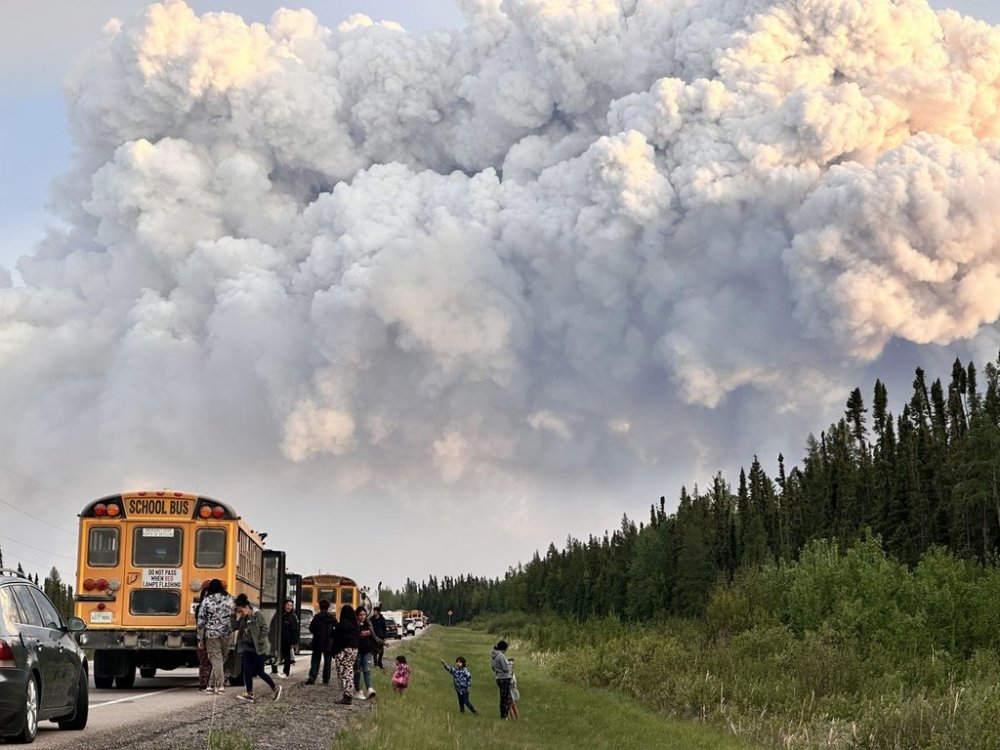Take care of your eyes amid wildfires and smoke, ophthalmologists urge
Advertisement
Read this article for free:
or
Already have an account? Log in here »
To continue reading, please subscribe:
Monthly Digital Subscription
$0 for the first 4 weeks*
- Enjoy unlimited reading on winnipegfreepress.com
- Read the E-Edition, our digital replica newspaper
- Access News Break, our award-winning app
- Play interactive puzzles
*No charge for 4 weeks then price increases to the regular rate of $19.00 plus GST every four weeks. Offer available to new and qualified returning subscribers only. Cancel any time.
Monthly Digital Subscription
$4.75/week*
- Enjoy unlimited reading on winnipegfreepress.com
- Read the E-Edition, our digital replica newspaper
- Access News Break, our award-winning app
- Play interactive puzzles
*Billed as $19 plus GST every four weeks. Cancel any time.
To continue reading, please subscribe:
Add Free Press access to your Brandon Sun subscription for only an additional
$1 for the first 4 weeks*
*Your next subscription payment will increase by $1.00 and you will be charged $16.99 plus GST for four weeks. After four weeks, your payment will increase to $23.99 plus GST every four weeks.
Read unlimited articles for free today:
or
Already have an account? Log in here »
Hey there, time traveller!
This article was published 06/06/2025 (192 days ago), so information in it may no longer be current.
TORONTO – The Canadian Ophthalmological Society is urging people to take care of their eyes as wildfires burn across Manitoba and Saskatchewan.
People on the frontlines of the fires may get airborne particles in their eyes that need to be flushed out with sterile solution, said Dr. David Plemel, an eye surgeon in London, Ont., who was speaking on behalf of the society.
If it’s not easy to get the particle out, he recommends seeing an eye professional so they can remove it without damaging the cornea.

Smoke travels long distances and can affect people’s eyes even if they are far away from an actual blaze, said Plemel, who is also an assistant professor of ophthalmology at Western University.
“You can be hundreds and thousands of kilometers away and usually it’s not particulate matter at that point — usually that’s going to be within the shorter range — but it’s going to be people who are noticing more of the allergens and irritants from the smoke, rather than larger particles that are in the eyes,” he said.
If people experience red, irritated or burning eyes, they should consider staying indoors and using air purifiers, Plemel said, noting that it’s a good idea to check the air quality index before going out.
Smoke makes existing conditions such as dry eyes worse, so having artificial tears from the drugstore on hand can also help.
Artificial tears are made from saline and small amounts of oil and salt to replicate natural tears as much as possible, he said.
Some of the eye drops contain preservatives, which can themselves be an irritant for people with sensitive eyes and for those who need to use them more than four times a day.
Those people should opt for preservative-free artificial tears, Plemel said.
People who wear reusable contact lenses should make sure they are taking them out every day, not sleeping in them and using certified contact lens solution to clean them.
If the smoke continues to irritate their eyes, some people may need to stop wearing them and put on their glasses until the air quality improves, he said.
This report by The Canadian Press was first published June 6, 2025.
Canadian Press health coverage receives support through a partnership with the Canadian Medical Association. CP is solely responsible for this content.







